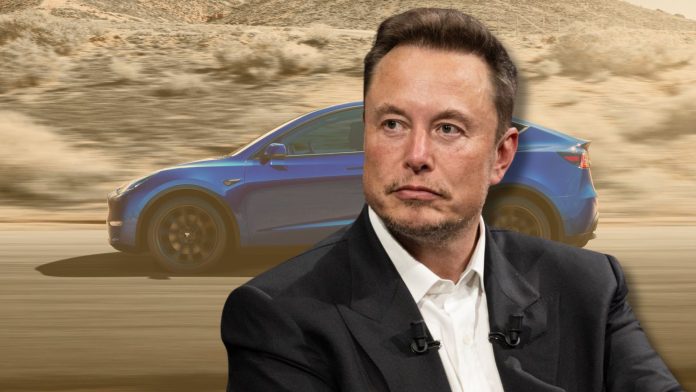Tesla saw its market valuation shed $94 billion over the first two weeks of 2024, marking one of the sharpest share price drops in the electric vehicle company’s history.
The number represents 12% of the company’s valuation at the start of the month and is only surpassed by a 14% decline seen in January 2016. The surprise shift comes after a relatively successful year, which saw the brand claw back most of its valuation from a pandemic-era collapse, set new sales records, and retain its market share in an increasingly competitive sector. However, 2023 was not without its own controversies and concerns. The EV segment has experienced stagnating demand for the last 12 months due to issues with high car prices, limited driving ranges, and inadequate charging infrastructure. To prevent a sales cooldown, Tesla introduced frequent, previously rare discounts across its entire lineup over the year, causing some vehicles to lose more than 20% of their original value.
These price cuts were so significant that they affected average prices across the entire electrified segment, even as other manufacturers declined to lower MSRPs in response. While this strategy did allow the EV brand to generate impressive sales numbers, its profit margins suffered considerably as a result, shrinking from 27.9% to 16.3% by the third quarter of 2023 in the course of only a year. Faced with declining profitability and a weakening market, it is little surprise investors have started to respond.
Further complicating matters is the company’s annual delivery statistics released earlier this month, which revealed it had lost to Chinese EV manufacturer BYD. The overseas automaker produces both battery-powered and hybrid models; excluding the latter, BYD came in a close second to Tesla regarding production and sales. However, 2023 was the second consecutive year the China-based automaker surpassed its American rival in overall sales.
Although their impact is less quantifiable than the company’s discounting strategies and difficulties overseas, intensifying negative press focused on Tesla and its CEO, Elon Musk, has also taken its toll on investor confidence. Late last year, a Reuters investigation alleged the brand ignored evidence of defective components and charged customers thousands of dollars for repairs that should have been covered by warranty, sparking regulator probes in Scandinavia. More recently, a Wall Street Journal piece claimed Tesla and SpaceX leaders have become distraught over Musk’s alleged drug use, leading to an indignant denial from the tech executive on his social media platform, X. These stories, and many others, have weakened faith in the automaker and its leadership. Tesla does not operate a public relations department, leaving the task of setting the narrative and defending the brand almost entirely up to Musk.
Ultimately, Tesla remains the dominant EV player, not only in the U.S. but across the globe. However, its mounting challenges, both external and internal, have become increasingly apparent, causing many shareholders to dial back expectations. In the coming months, the company will need to answer questions regarding its future in a way that placates investors but sets realistic expectations, something the brand has a history of neglecting.




